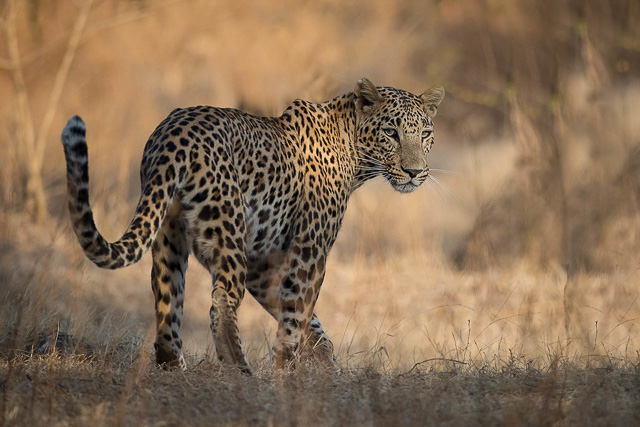About
Top Experiences
Type of Journey
Subscribe to newsletter and stay updated
Read about our travel expeditions, new destinations, new pictures, latest trip schedules
The Eagle Nest Fauna Sanctuary, a unique paradise with a treasure trove of diverse fauna and birdlife, is located in the west Kameng district of Arunachal Pradesh. Eagle Nest, a protected region in the foothills of the powerful Himalayas, got its name from the Indian Army regiment “Eagles” that was stationed there in the past.
The Eagle Nest Wildlife Sanctuary is well known throughout the world for its extensive collection of rare and distinctive birds. Some of the local bird species are rare across the nation. The Eagle Nest Bird Sanctuary is a haven for bird watchers with over 450 different bird species, some of which are endangered. The Eagle Nest Wildlife Sanctuary also featured the Bugun Liocichla, the last bird species of India to be discovered. This sanctuary provides one of the best bird-watching excursions in India due to its wide variety.
OVERVIEW
Location:West Kameng District, Arunachal Pradesh, India
Nearest Airport:Guwahati Airport
How to reach:8 hours drive from Guwahati airport
Famous for:Exotic Himalayan birds, including many rare ones
Best time to visit: March to May
WHAT TO SEE
Bird: Rufous-bellied hawk-eagle, maroon-backed accentor, fea’s thrush, gould’s shortwing, white-browed shortwing, blue-fronted robin, bay woodpecker, pale-headed woodpecker, grey-chinned minivet, rufous-bellied bulbul, northern goshawk, pied falconet, temminck’s tragopan, ward’s trogon, golden-throated barbet, crimson-breasted pied-woodpecker, rufous-necked hornbill, sultan tit, mrs gould’s and fire-tailed sunbird, gold-naped black-finch
Another intriguing aspect of the Eaglenest sanctuary is that it encompasses the whole elevational range, having a variety of ecosystems and species. The sanctuary’s stunning flora and animals make it the perfect location for photographers to get the perfect shot. Here, rare species, including Indian hornbills, animals, and butterflies are on show for photographers to capture in all their glorious naturalness.
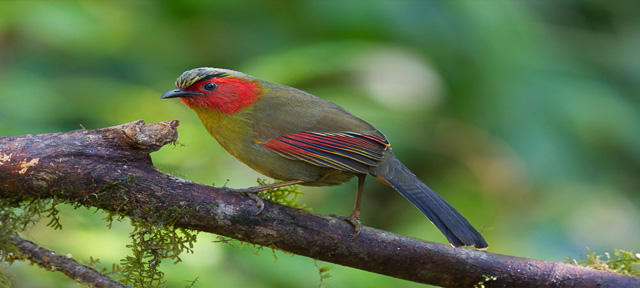
Amphibians, snakes, and lizards also form a big part of this harmonious ecosystem. Mammal species like Bengal Tiger, Clouded leopard, Red Panda, Arunachal Macaque, Gaur & endangered capped Langur have been sighted, but are nearly impossible to see here.
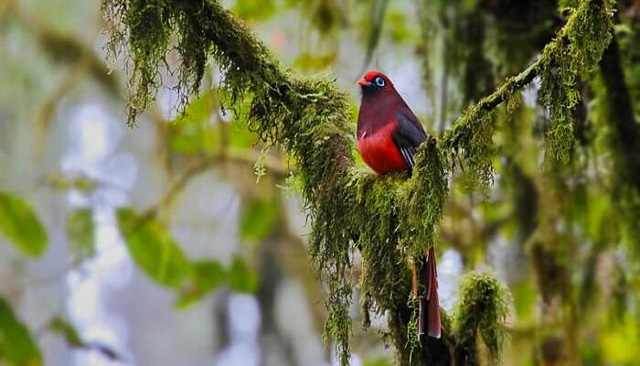
This beautiful oasis of exciting wildlife extends from the Eagle Nest pass to a little above Khellong along the road. The beautiful stretch of unhindered natural beauty that extends from the lama camp eagle Nest on the northern slope, up across Eaglenest Pass, and down on the southern slope to Khellong is a paradise for the beautiful winged creatures. Doimara and Kamengbari are beautiful areas for birding as well but are no match to the corresponding areas in the Tiger Reserve. A broad Jeep track that runs from Tenga to Kamengbari through the Eaglenest Pass sets you right up for some comfortable and enjoyable roadside birding experience. This combination of a roadside scrub lying just 20-30m away from the primary forest, at an altitude of 3200m, makes Eaglenest the perfect place to get an awesome taste of the rare and unique birds. The large altitudinal variety coupled with the extraordinary bird assemblage of this majestic location requires at least 6-10 days with a Jeep and 10-14 days on foot to fully experience and soak in. So, what is holding you back? Load up your backpacks and come witness one of the best bird-watching tours in India! The best places to stay in Eaglenest for birding are the lama camp eagle nest and the bompu camp eagle nest.
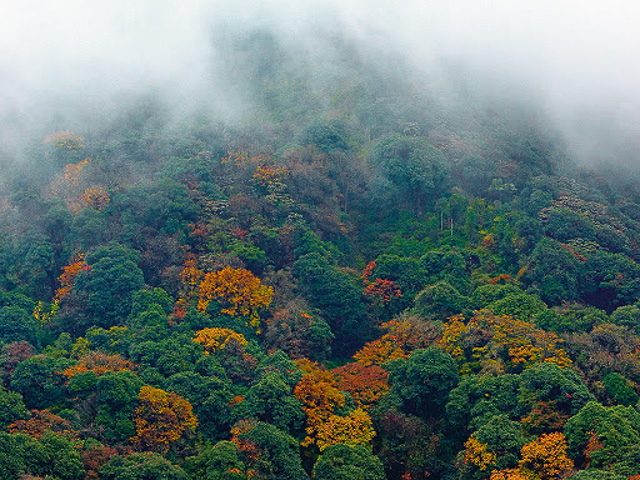
Birding Areas:
Bhalukpong- Tenga Road:
Standing along the eastern border of the Eaglenest and Sessa sanctuaries, at an altitude range of 300-1600m, Bhalukpong is a worthy alternative to the Eaglenest Wildlife Sanctuary. The perfect option for birders who don’t have the time for the Eaglenest Sanctuary, Bhalukpong is an option worth checking out!
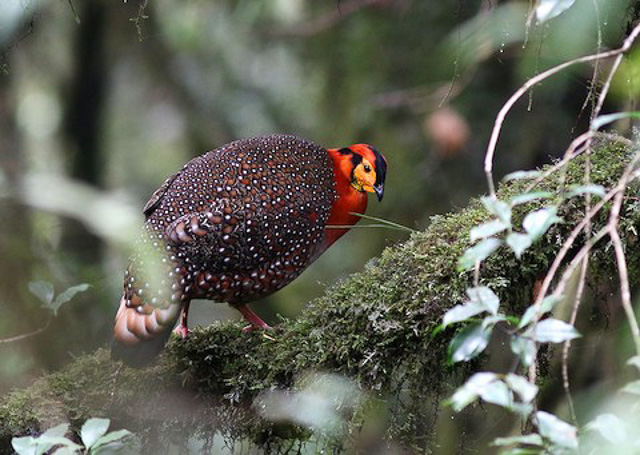
Northern Side
Tenga: 1200m. Farmland and habitation.
Eaglenest Pass: 2800m; Bra-Top: 3200m; Piri-La: 3000m
Ridge: Temperate bamboo, conifer, and broad-leaved forest and scrub.
Ramalingam: 1780m. Subtropical farmland, scrub, and degraded forest.
Lama Camp: 2350m. Temperate broad-leaved primary and degraded forest.
Kamengbari – Doimara: 100-350m. Tropical forest, grazing meadows, shingle banks, and cultivation.
Sunderview: 2465m. Temperate broad-leaved forest and roadside scrub.
Chakoo: 2405m. Temperate broad-leaved forest, meadows in ancient clear-felled patches.
Bompu: 1940m. Subtropical broad-leaved forest and bamboo, a large patch of open scrub
Sessni: 1250m. Broad-leaved forest. Old jhoom patches with secondary scrub.
Khellong: 750m. Tropical forest, grazing meadows and degraded scrub.
